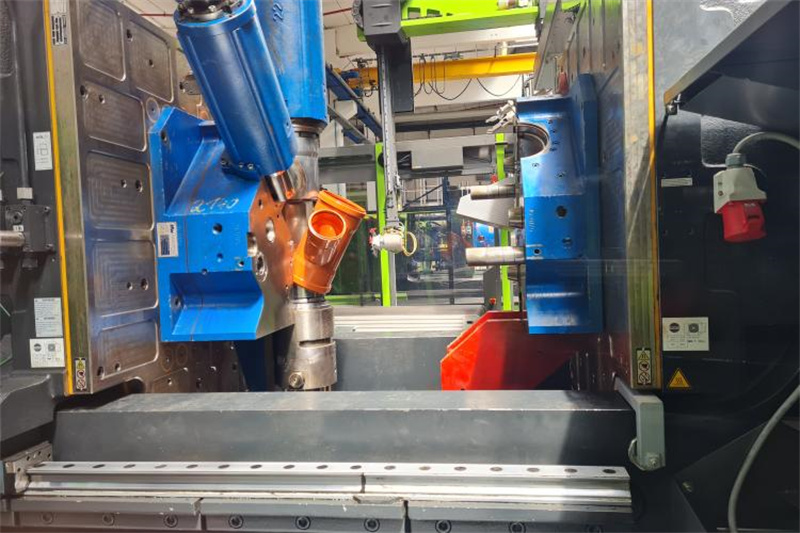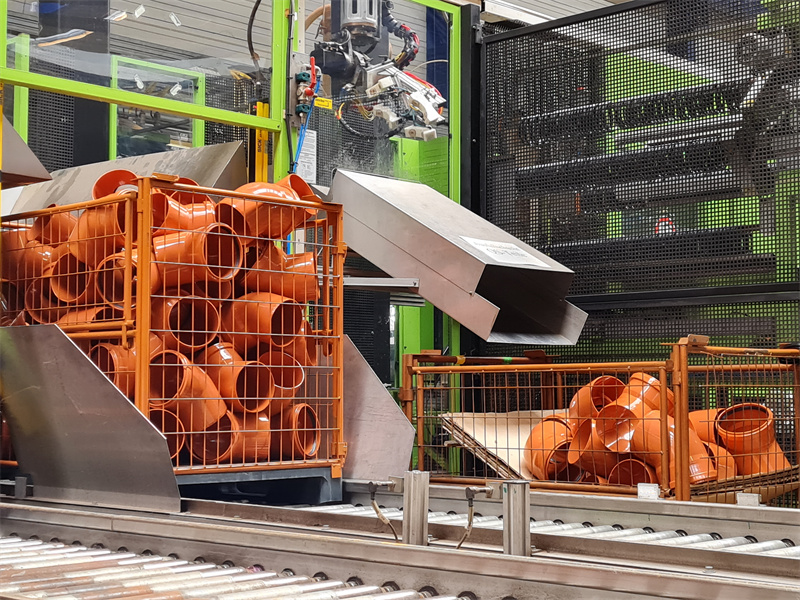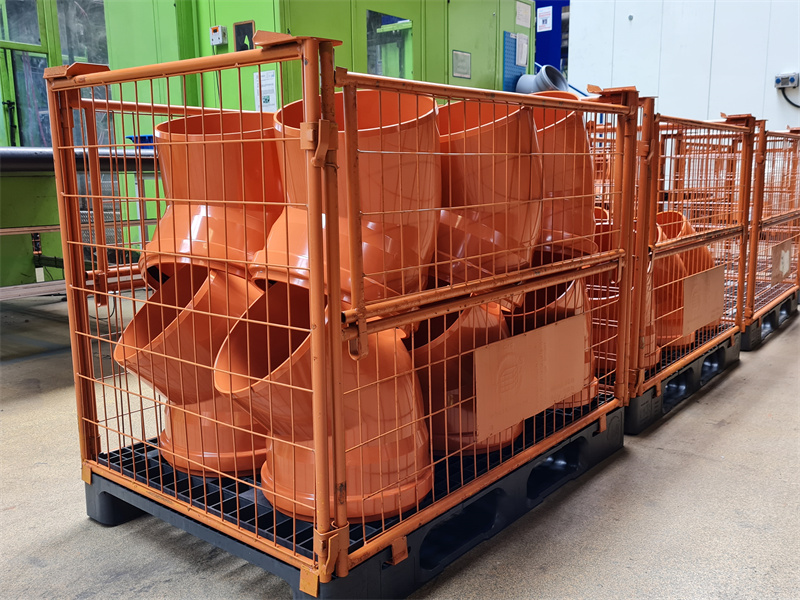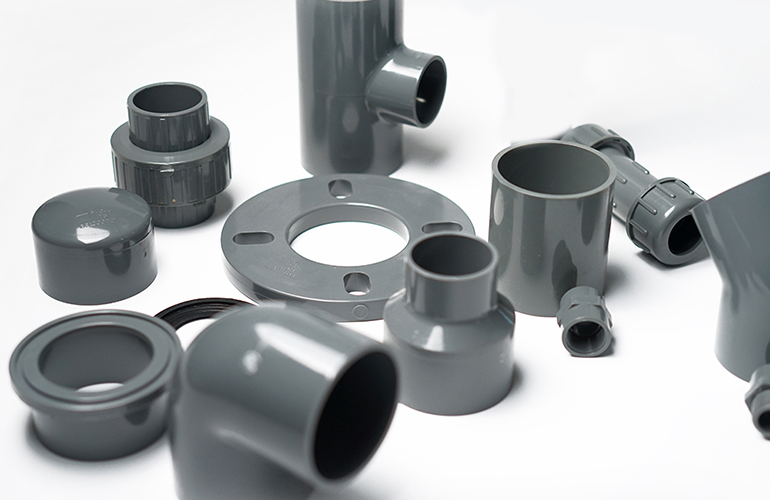PVC for Pipe Fittings
PVC (polyvinyl chloride) is a vinyl polymer. Under the right condition, little stops the chlorine from reacting with hydrogen. It does so to form hydrochloric acid (HCl). This compound is acidic and can cause corrosion. So despite its many desirable properties, PVC is corrosive. This causes some challenges in its processing and application. PVC has excellent resistance to water and most everyday liquids. It is soluble in tetrahydrofuran, cyclohexane, and cyclopentanone. So when using PVC fittings consider the type of fluids that goes down the drain.
To meet different requirements, pipings need to bend in different ways and angles. This could be to divert the entire flow or part of the flow. Pipe fittings get used to connecting pipes at different angles. They can connect 2 to 4 pipes together. Pipe and their fittings get used in many ways. Examples are sewage drainage, water supply, and irrigation. The introduction of PVC pipes was a significant change in the home and industry. Today many homes and industries are transitioning from metal pipes to PVC pipes. The PVC pipes last longer. They do not rust and can withstand flow pressures. Thanks to large scale production processes like injection molding, they are cheaper. Below are some examples of injection molded pipe fittings.

How PVC pipe fittings are injection molded
PVC fittings are manufactured by high-pressure injection moulding. The injection molding process begins with the PVC in the form of granules or pellets. In contrast to continuous extrusion, moulding is a repetitive cyclic process, where a “shot” of material is delivered to a mould in each cycle.
PVC material, granular compound form, is gravity fed from a hopper situated above the injection unit, into the barrel housing a reciprocating screw. The barrel is charged with the required amount of plastic by the screw rotating and conveying the material to the front of the barrel. The position of the screw is set to a predetermined “shot size”. During this action, pressure and heat “plasticise” the material, which now in its melted state, awaits injection into the mould.
All this takes place during the cooling cycle of the previous shot. After a preset time the mould will open and the finished moulded fitting will be ejected from the mould.
The mould then closes and the melted plastic in the front of the barrel is injected under high pressure by the screw now acting as a plunger. The plastic enters the mould to form the next fitting.
After injection, recharge commences while the moulded fitting goes through its cooling cycle.

About PVC injection Molding
Given the properties of PVC certain factors are important in their injection molding. The injection molding of PVC requires it to get exposed to high temperatures. Given the chemical and physical properties of PVC, this might put some strain on the process. The following are some considerations in the injection molding of PVC pipe fittings.
Mold Material
The best option for mold fabrication for PVC is anti-corrosion stainless steel. This should be well polished hardened steel. There is a high potential for the release of HCl during the production of PVC pipe fittings. This is even more so with the PVC in the molten state. Any chlorine in the gaseous form is likely to condense upon hitting the mold. This exposes the mold to corrosion. Although it will happen, using high-quality metal reduces the likelihood. This extends the useful life of the mold. So do not go cheap when it comes to choosing mold material. For PVC pipe injection molding, go for the best metal you can get.
Mold Design for PVC pipe fittings
Designing a mold for complex solid shapes is complex. Designing a mold for PVC pipe fittings takes complexity up a notch. The mold cavity is not a simple cut out of a solid shape and gates. The mold is a rather complex assembly. It requires an expert in mold design and mold manufacture. Looking at the shape of a pipe fitting. Take for example an elbow pipe fitting. The mold assembly gets designed in such a way that allows the filling of the pipe body. But this occurs without filling the hollow region. This gets done with consideration for product ejection and release. Typical designs need a multiple-part mold. This can be up to 4 part molds. This is unlike simple solid structures that can get made with two-part molds. So for PVC pipe fittings seek mold engineers with experience with this type of mold. Below is an example of a PVC pipe fitting mold.
Post time: May-25-2023






